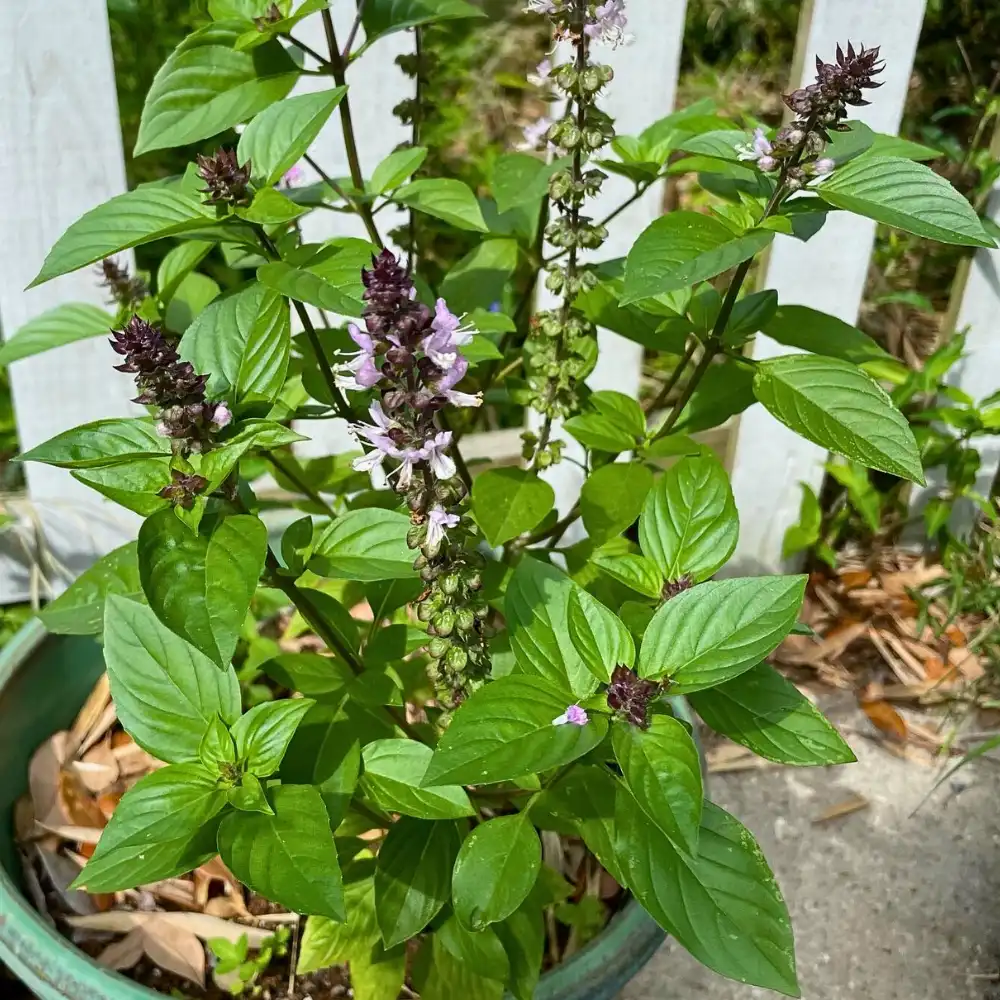The 'Immersive Resilience Garden' project by Studio ReBuild redefines public space in Seoul's Ttuksom Han River Park. The design includes a 250 square-meter submerged lounge space that plunges visitors into a 360-degree natural experience within the park, which is one of Seoul's most popular recreational areas.
A Multi-Layered Like Garden in Seoul to Enjoy Nature at Its Fullest
The three-dimensional naturalistic garden is intended to increase public engagement and provide a peaceful respite from artificial visual overload, allowing visitors to reconnect with nature. The garden is designed as a dynamic terrain, guiding plants to succeed in a multilayered, intimate space inspired by natural spatial structures and interactions.

The garden includes perennials and grasses with multi-year variations in color, texture, and structure. The design creates a symbiotic relationship between nature and artificiality by interacting continuously across five layers spanning 400 meters, blending smoothly with the surrounding landscape.

Studio ReBuild Composes a Multi-Layered Natural Escape
The maze-like-looking public garden is architect and professor Changyeob Lee's first public space project in Seoul, following over a decade of practice in London. The project, chosen through an international competition for the 2024 International Garden Fair organized by the Seoul Metropolitan Government, will last beyond the event until October 8th, 2024.

Inspired by the interactions of bees, beetles, and butterflies with nature, the garden has a layered structure that provides enclosed spaces for insects to escape from urban environments. This principle of non-human and natural interactions is applied on a human scale with three tiers of plants: tall A group, mid-level B group, and low-lying C group.
Large plants along the perimeter will eventually grow to human height, demonstrating how the garden changes with the seasons. The garden encourages visitors to explore and interact with nature, providing an inviting and attaching sense of resilience. The designers promote sustainability by selecting perennial plant species, which provide a variety of natural scenes year-round without the need for artificial irrigation. This self-sustaining growth promotes biodiversity, a healthier microclimate, and a higher urban quality of life.

Studio ReBuild’s Innovative Approach to Sustainable Urbanization
Operating on a limited budget, computational design was used to optimize the buildability of irregular shapes, reducing material waste. Approximately 400 bespoke metal units were cut to fit custom joints, facilitating assembly and welding. This approach, which was prefabricated in 5-meter lengths for ease of transportation, reduced on-site labor.


The project was completed within budget by utilizing these technological endeavors. Changyeob Lee, co-founder of Studio ReBuild and a professor at Hanyang University, along with garden designer Jin Lee, promotes context-driven, nature-centered, and human-focused design thinking. His practice aims to address the complexities of Korea's rapid urbanization through innovative design.

Cities are opting to turn green and greener every day. Read the article '12 Reasons Why Cities Need More Trees' to know the impact of nature on urban cities and the world and why it is so necessary to be surrounded by plants and trees.
Photos by Kyungsub Shin.












